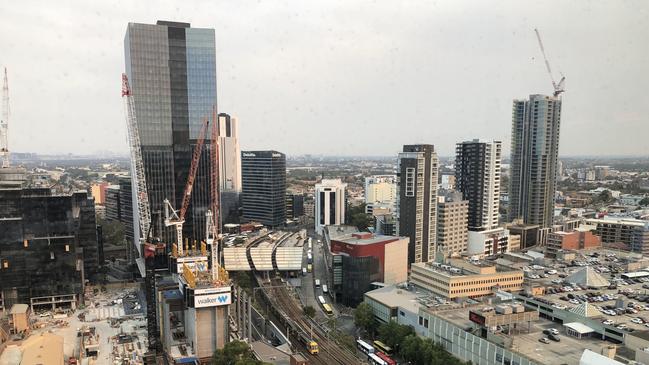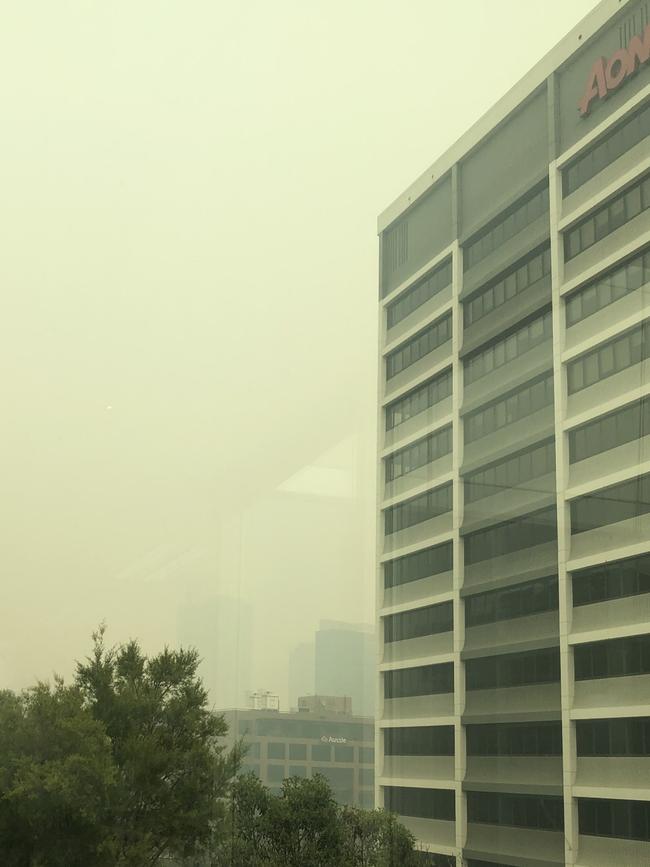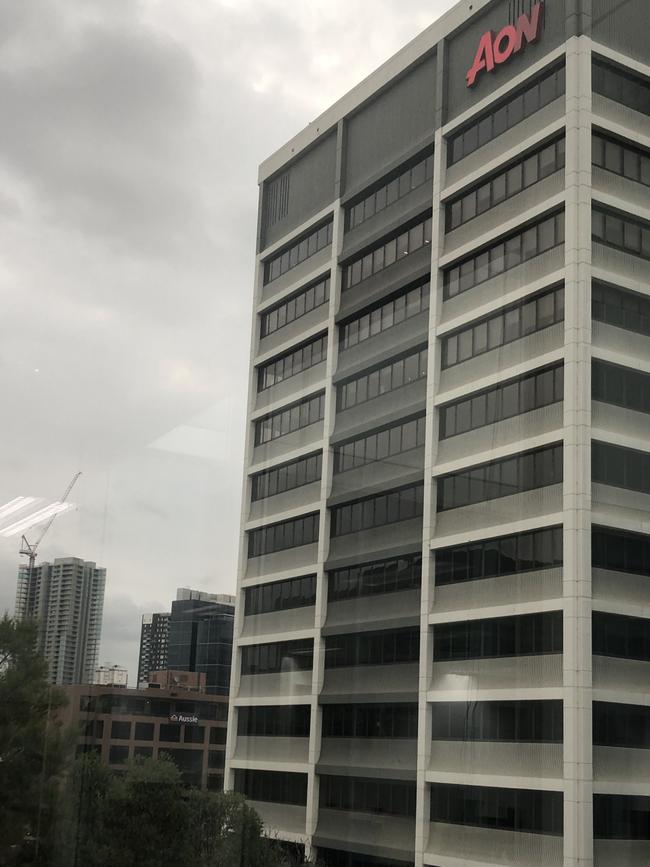Air pollution in Parramatta and Macquarie Park as bad as Beijing
The “catastrophic” pollution cloaking much of NSW could lead to deadly diseases and is particularly severe in parts of western and northwestern Sydney, an expert has warned.

Parramatta
Don't miss out on the headlines from Parramatta . Followed categories will be added to My News.
Air quality was so “catastrophic” in Parramatta on Tuesday it was as bad as Beijing and it’s only going to get worse, a pollution and climate change expert has warned.
Western Sydney University anthropologist Dr Malini Sur said the air quality index at Parramatta and Macquarie Park was PM205 (particulate matter) — on par with the Chinese capital, one of the worst polluted cities in the world.
Exacerbating the problem of the bushfire haze is construction sites in the two suburbs.
“There are many factors that contribute to air quality,” Dr Sur said.


“For Parramatta, it’s not just the smoke haze that needs to be contended with. Parramatta is a city of construction sites, which means high levels of dust is also affecting air quality.”
Dr Sur has warned the problem, which is part of a global crisis, needed urgent attention and could lead to deadly diseases such as lung cancer.
“These are really, really very tiny particles that you can’t see,’’ she said.
“It’s so invisible so it gets absorbed very quickly so it’s the worst kind of pollutant.
“They’re not the particles that just cause a cough — it goes deep in your body and stays in your body and stays a very long time.’’
She said people with existing respiratory problems, children, the elderly and construction workers were more susceptible to developing problems.
“They are very, very dangerous for children and elderly people who are forced to work outside.
“It was absolutely catastrophic this week but this is something that’s not a one-off,’’ she said.
Dr Sur said there were five million air pollution-related deaths globally each year, with 2.4 million from China and India.
However, she said construction sites such as Parramatta Square, which were also close to public gathering places such as Centenary Square, were monitored efficiently and work was called off if conditions were deemed too hazardous.
